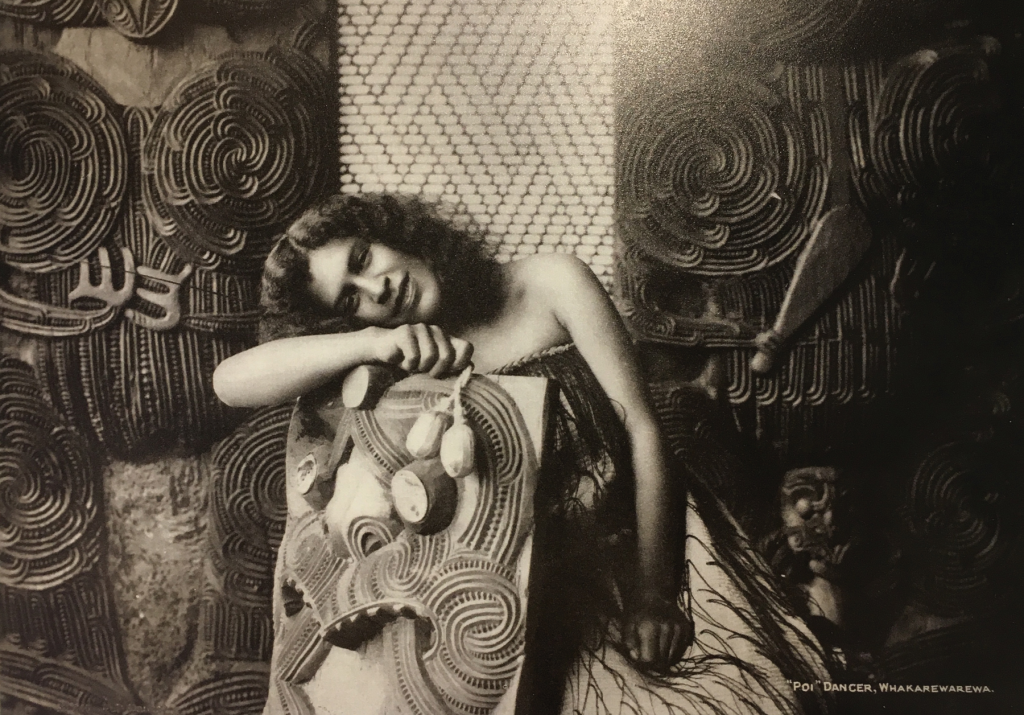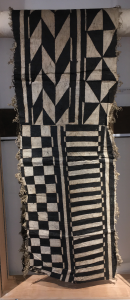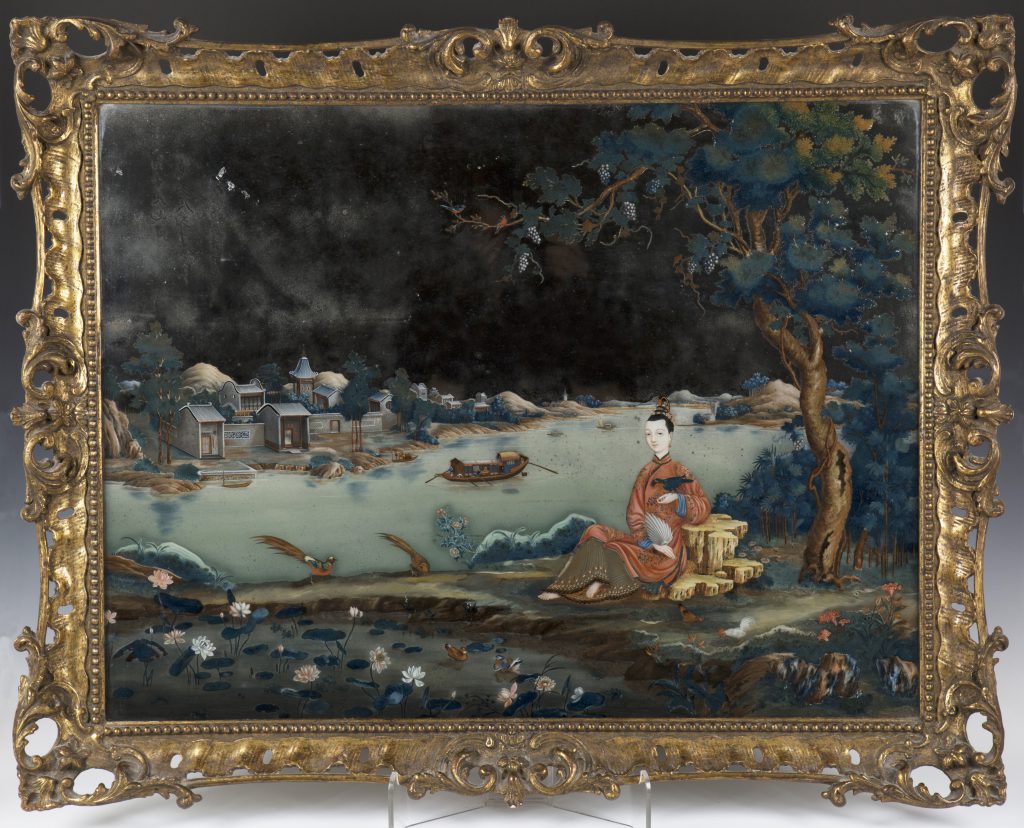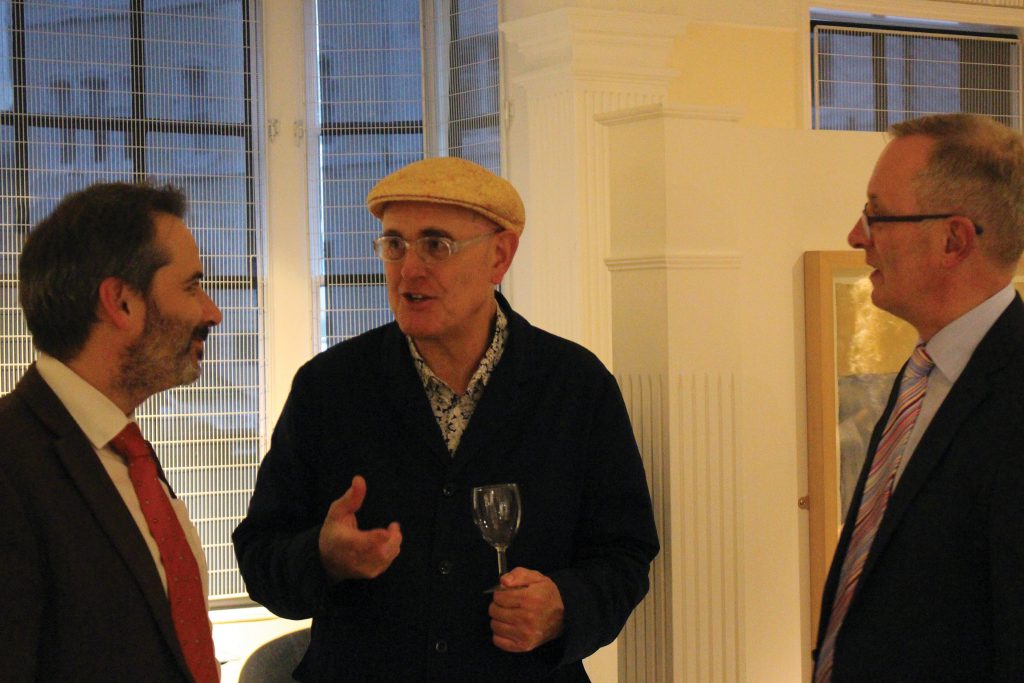
As 2018 draws to a close it provides a moment to reflect on what an exceptional year it has been for Heritage and the Arts in West Sussex and to look forward to 2019.
West Sussex is blessed by its rich history, culture and artistic offering which is made possible by the inspiration, dedication and hard work of a number of key individuals.
The Horsham Museum & Art Gallery’s reputation continues to grow under the leadership of Jeremy Knight whose outstanding contribution to heritage and the arts was marked this year with a High Sheriff’s Award. This growing reputation attracted the attention of the Royal Academy in its 250th anniversary year and the artist Humphrey Ocean., RA. The Horsham District Council’s continued commitment to the Horsham Museum and Art Gallery is deserving of praise.
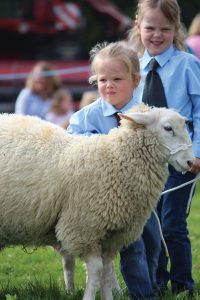
The West Grinstead Annual Plough Match and agricultural show celebrates the work of our farmers and their important contribution, through their stewardship of the countryside, to our county’s rural landscape. At the heart of the Society which runs it is its Honorary Secretary Rowan Allan of H. J. Burt. He has spent his life celebrating and professionally supporting the work and life of the countryside.
Parham House and its gardens are amongst the most beautiful in all England. Lady Emma Barnard is the house’s current custodian and celebrated 70 years since her family first opened the house in 1948 to share it with the public. This generous tradition continues today.
The high point of this year’s Shipley Arts Festival for me was the world premiere of the Shipley Psalms at Steyning Parish Church. The inspiration for this commission came out of a conversation between myself, Andrew Bernardi and the composer Malcolm Singer. We were discussing the American composer Leonard Bernstein and his choral work, The Chichester Psalms. This new commission was made possible by the generous patronage of The Shipley Arts Festival and Mr John Snelling.
These artistic, cultural and heritage threads preserve and add to the evolving identity of our county and its rich tapestry of life in town and country.
My brother Nicholas and I are delighted that through Toovey’s we have been able to play a part in bridging these artistic and heritage communities together, adding weight to their vision and work, whilst also offering financial support and professional advice.
These individuals along with so many others are deserving of our thanks. They enrich the quality of our lives whilst contributing enormously to our economy through the visitors and businesses they draw to our county.
I am looking forward to celebrating with you the best artistic, cultural and heritage events our county has to offer in 2019, and wish you all a very happy and peaceful New Year.
By Rupert Toovey, a senior director of Toovey’s, the leading fine art auction house in West Sussex, based on the A24 at Washington. Originally published in the West Sussex Gazette.
